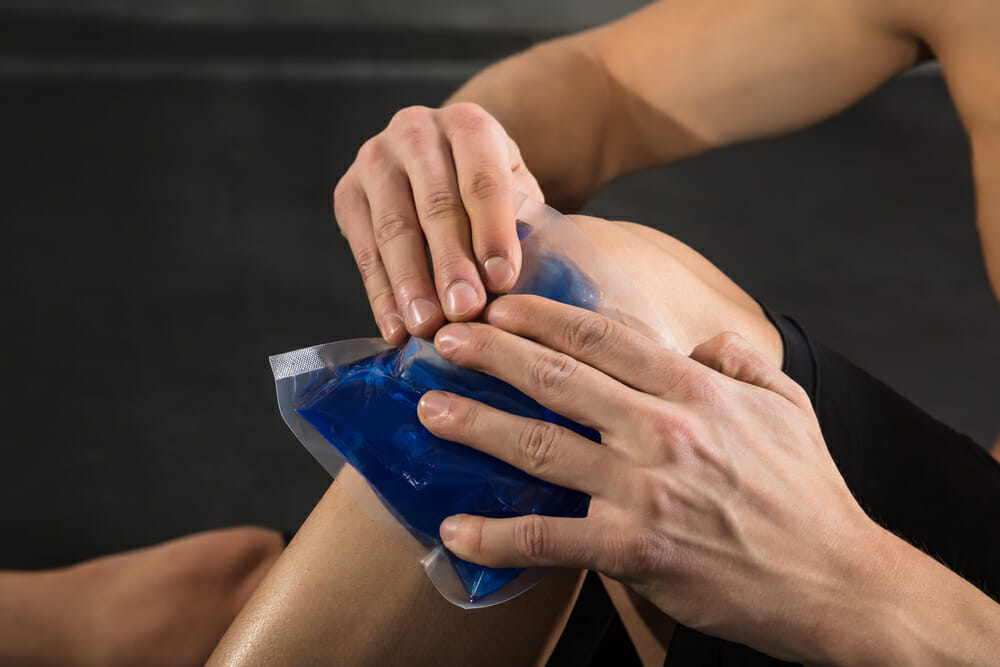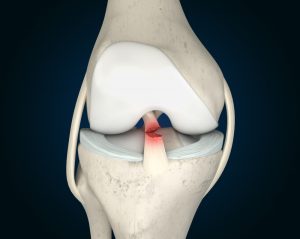Why do we use ice?
The greatest effects of ice therapy have been proven using an intermittent short routine within the acute phase of injury (first 48-72 hours following injury). This protocol is proven to be more effective than one 20-minute application in lowering tissue temperature and pain management.
The effects of ice therapy are reported to diminish after 15 minutes of application due to the body adapting to the cold and responding by vasodilating (widening) blood vessels thus a return of normal tissue metabolism.
The intermittent routine is most effective when repeated every 2 hours or less, showing an enhanced analgesic effect and reduced the risk of adverse reactions such as burns and nerve damage when compared to a 20-minute procedure.The routine used at the clinic is applying an ice pack or frozen peas in the lumbar/pelvis area for 2 min while walking. Hold it with a belt or whatever you find comfortable.
Rest 5-10 min without the ice pack and repeat 5-6 times. More simply, cryotherapy (ice therapy) aims to reduce pain which can restore, maintain or better function of injured or damaged pathological tissue. The problem with cryotherapy is there is a distinct lack of clarity and evidence regarding its best use.
Ice therapy techniques reduce blood flow to an injured area, therefore minimising oedema (swelling), slowing haematoma development, and controlling cellular hypoxia (lack of oxygen) and secondary metabolic injury.
Whilst icing slowed oedema formation, it doesn’t reduce oedema that is already present.
Spinal nerve impingement from lumbar disc herniations can be managed with icing techniques to reduce swelling and inflammation around the irritated or compressed nerve which may be causing pain and discomfort.
The assumption is that the benefits of ice therapy such as cold-water immersion will reduce inflammation in skeletal muscle. Little is known whether these treatments influence inflammation and cellular stress in musculoskeletal tissue after exercise.
Key points: Ice Therapy
*There is much anecdotal research on the proposed benefits of cryotherapy and Thermotherapy, but little scientific evidence on uses as a recovery method.
*Ice Therapy is effective as an analgesic (pain management) tool on localised tissue, especially with acute musculoskeletal injuries within the first 48-72 hours.
*It inhibits muscular strength and performance therefore should be conducted after training or competition.
*Combination with exercise therapy resulted in a greater restoration of muscular strength and reduction of muscle soreness.
*The 2 (to 10) minutes protocol has proven to be the most effective cryotherapy protocol.
Heat Therapy
*Should not be applied within the first 48-72 hours of an injury.
*Has pain-reducing effects for sub-acute and chronic pain.
*Applied with exercise rehabilitation proved significant with pain relief and function is effective in increasing joint range of motion and decreasing joint stiffness may hasten the healing process of damaged cells.
*10-20 minute applications of 40-45°C thermotherapy is the most effective form of thermotherapy.
So in conclusion ice always first if you have injured yourself or after activity, then the heat comes on if you want to use it. I would always recommend using ice as the last modality just to reduce the inflammation further.
Thanks for reading,
Geoffrey
If you would like to have a chat with us contact us here >


